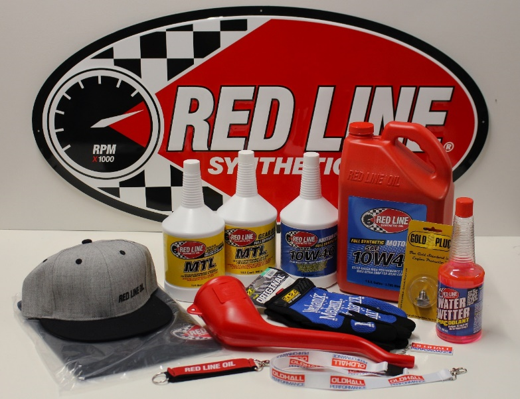There is a lot of debate surrounding the topic of whether it is a good idea to feed your rotary engine with synthetic oils. This argument was then thickened when Mazda released a news bulletin on the subject. For those of you unfamiliar with the bulletin; Mazda expressed concerns that some synthetic oils can build up carbon deposits inside the engine. If the build up adheres near the spark plug hole or to the seals in the combustion chamber, it may lead to adverse effects such as engine misfiring or knocking. However, Mazda Engineering stated that “not all synthetic oil is at a disadvantage in terms of carbon build up, but use of untested, non-genuine oil should be avoided.”
Now although this may seem confusing and a little contradictory, there is an answer which unravels this headache. The first thing you have to understand is that although a lot of oils claim to be ‘synthetic’, they are not all one hundred percent synthetic; in fact, you’d be surprised to hear that not all synthetics are the same… SHOCK AND HORROR! Group III base stock oils are still derived from crude oil (but still called a synthetic for marketing purposes) so when it comes to being burnt in a rotary they leave behind this carbon deposit that Mazda is talking about. Red Line uses a Group V ester base stock which requires a much more extensive manufacturing process, but the results speak for themselves.
So the question remains, can you use Red Line Synthetic Oil in a rotary engine? -The answer is yes, and you would be wise to do so.

One of the first major benefits of synthetic oil is a drop in temperature, as much a 5-7°F. This is a direct result of the reduced friction between sliding surfaces, and reduced foaming of the lubricant. Further use of high quality synthetic oil has shown a definitive and genuine reduction in wear. Testing and development has seen not only continued wear reduction, but the drop in friction has also shown a performance increase as power gains were seen in direct comparisons with mineral oils.
In a rotary engine, you have an oil metering pump which injects oil into the intake ports for lubricating the combustion chamber. The advantages of using Red Line in this system are:
- The oil burns clean
- The oil burns completely
- It doesn’t leave behind carbon deposits
- It doesn’t cause carbon locking of the rotor or sticking to the apex seals.
The quality of base stocks and the formulation of the additive package containing advanced detergents can rejuvenate an engine, removing carbon deposits throughout.
In the older rotaries typically Red Line 5W30 is recommended, though the Red Line 10W30 would be an option, the later RX8s use a Red Line 5W20. The drain interval recommended for a rotary would be the same as a piston engine, once out of warranty 10 to 18,000 miles or at least once a year. With Red Line Oil the protection provided means you can be confident in a lower viscosity, without sacrificing the protection of your engine and still providing all the benefits of the lower viscosity.

Red Line Synthetic Oil has become a synonymous name with the rotary engine community. They have been used successfully in both road and racing applications from the early development. Synthetic oils are cleaner than other oils because of the further refinement of the base stock. By using only the absolute best base stocks, Red Line ensures a cleaner more efficient operating engine, with less friction and more power.
However, if this doesn’t convince you ask Mad Mike, the so-called rotary drift king. He uses Red Line in his Japanese D1 Drift Car, and do you know better than Mad Mike?




